How is income distributed across the Greater Toronto and Hamilton Area?
We created a median-income map of the GTHA using census data. Here’s what we discovered.
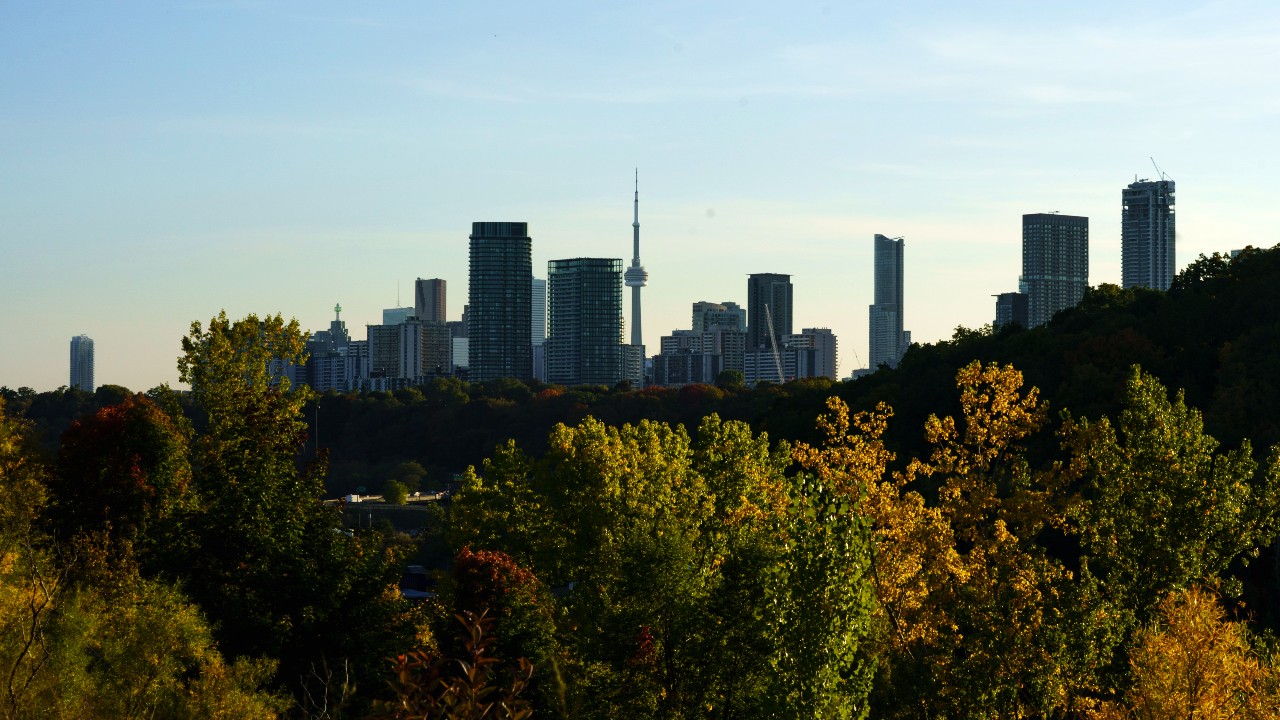
It’s no secret that inflation has made it a lot harder to afford a home in Canada. As interest rates rise in an effort to combat inflation (and there may be another hike on the way), the bar for those looking to buy has risen along with them.
This is most pronounced in Canada’s hottest housing markets. According to Royal Bank of Canada stats published in December, those looking to buy a Toronto home at the benchmark price need a combined pre-tax income of $240,000 to qualify for a mortgage. That’s behind only Vancouver ($268,000) for the highest in the country.
This obviously counts out many in the city — especially considering median household income in the Toronto Census Metropolitan Area was $97,000 as of the 2021 Canadian census.
But it also begs the question: Just how many in the Greater Toronto and Hamilton Area could afford to buy in the current climate? By revisiting and mapping that same census data, we can get a clearer picture of the financial landscape broken down by individual area.
Check the map accompanying this article to see which census tracts in the GTHA meet the requirement by exceeding $240,000 in pre-tax income (green extrusions), come close to it by earning between $100,000 and $239,999 (brown), and fall short with less than $100,000 (red).
Key takeaways
Looking over the map, a handful of larger areas jump out:
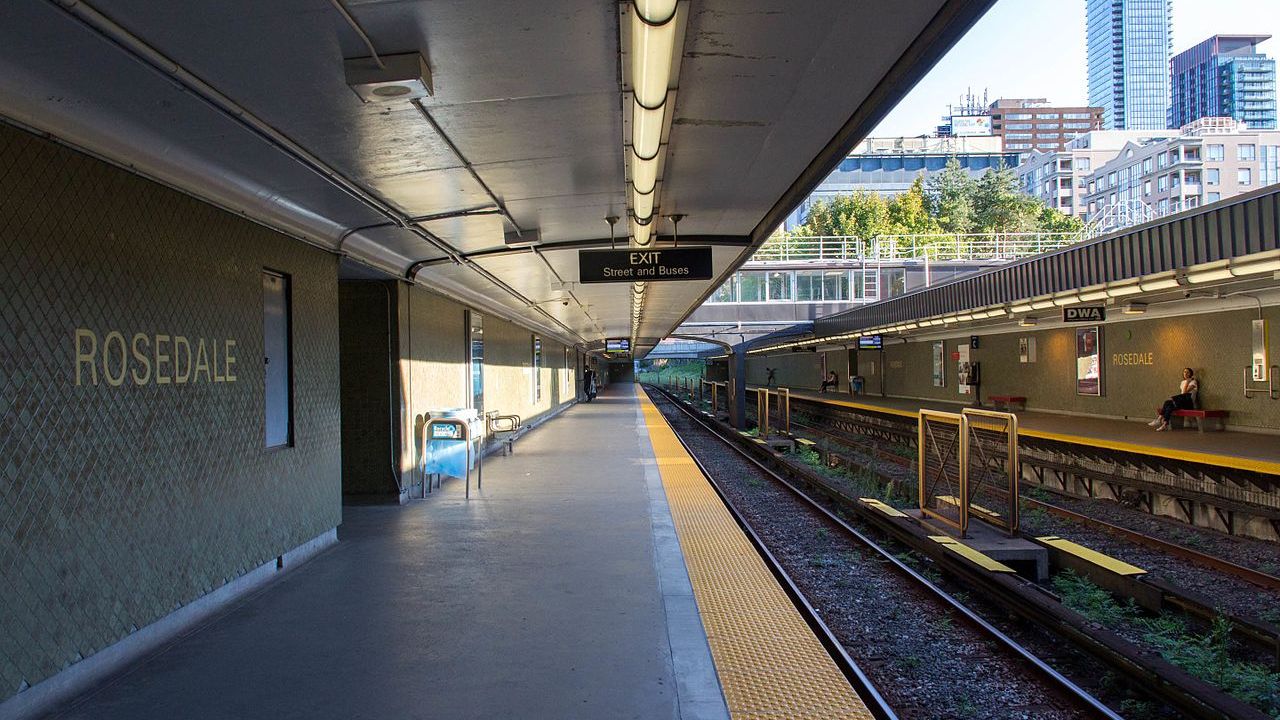
1. Midtown-North Toronto
The biggest concentration of median-income wealth in Toronto sits north of downtown in an area bounded roughly by Don Mills Rd. and Spadina Rd. in the east and west, and Highway 407 and Bloor St. in the north and south.
This encapsulates parts of Midtown Toronto, North Toronto, and North York. Individual neighbourhoods in this zone include the upscale Rosedale, Bridle Path, and Lytton Park.
In the area we’ve pinpointed on the map, several individual census tracts top the $240,000 threshold, and several more come close.
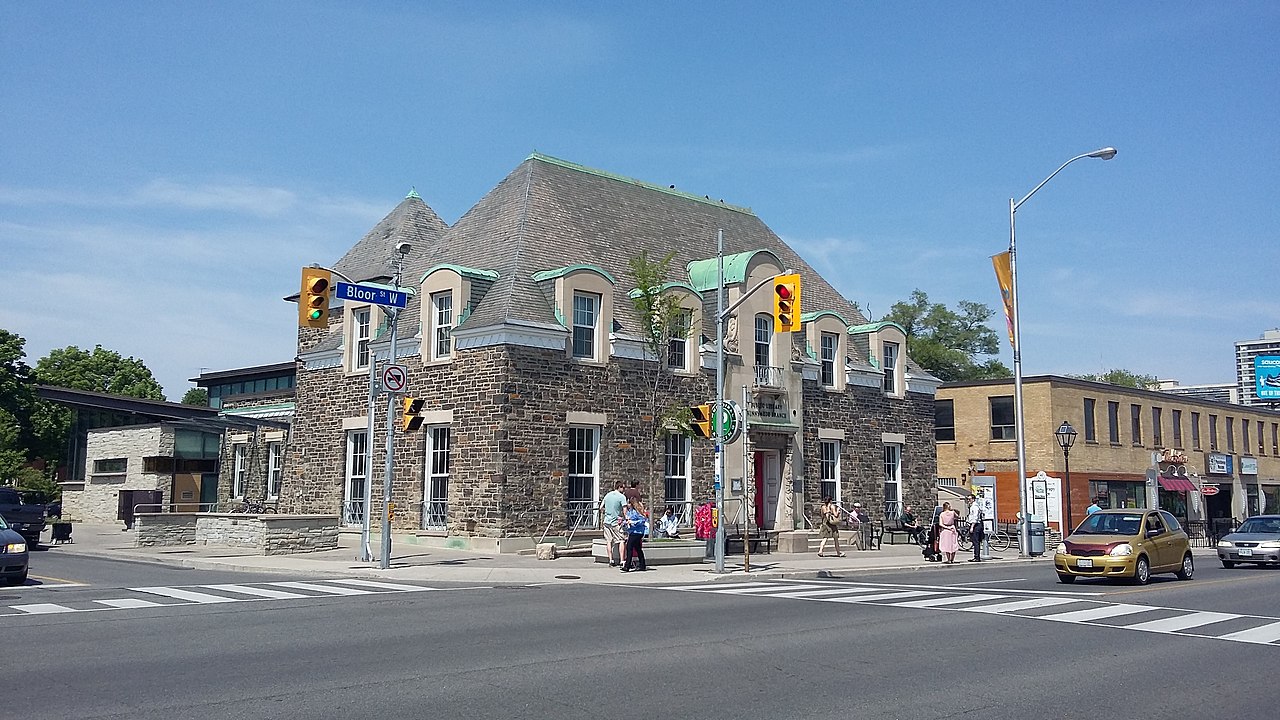
2. West Toronto-Etobicoke Centre
Another area of wealth sits in Toronto’s west side, starting in Bloor West Village and extending south into Humber Bay, and north to Etobicoke Centre.
One of the richest individual census tracts in the city sits in the western edge of the Lambton Mills neighbourhood, near where the Kingsway meets Royal York Rd. The 300 households in this tract have a median income of $258,000.
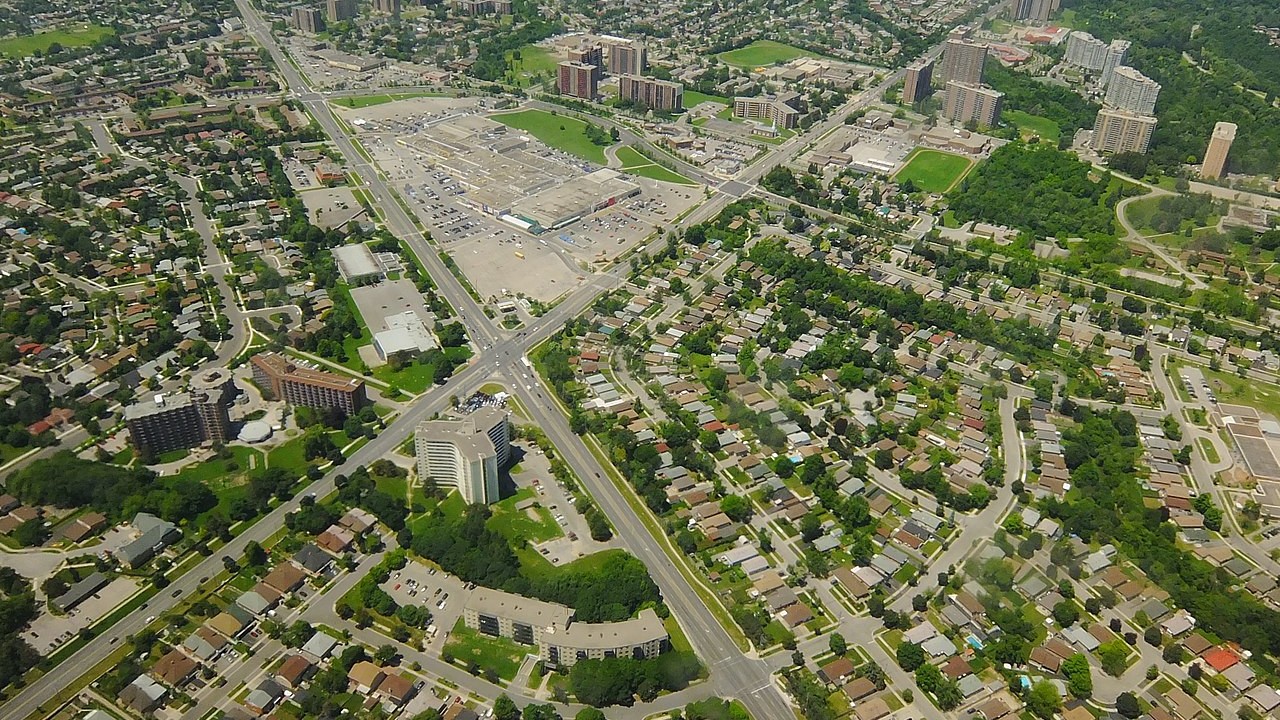
3. Etobicoke North
An area bounded by Jane St. in the east, Highway 401 in the south, Albion Rd. in the west, and Steeles Ave. W. in the north contains a number of census tracts that sit below the median income for the Toronto Census Metropolitan Area.
This area includes the neighbourhoods Jane and Finch, Rexdale, and Thistletown.
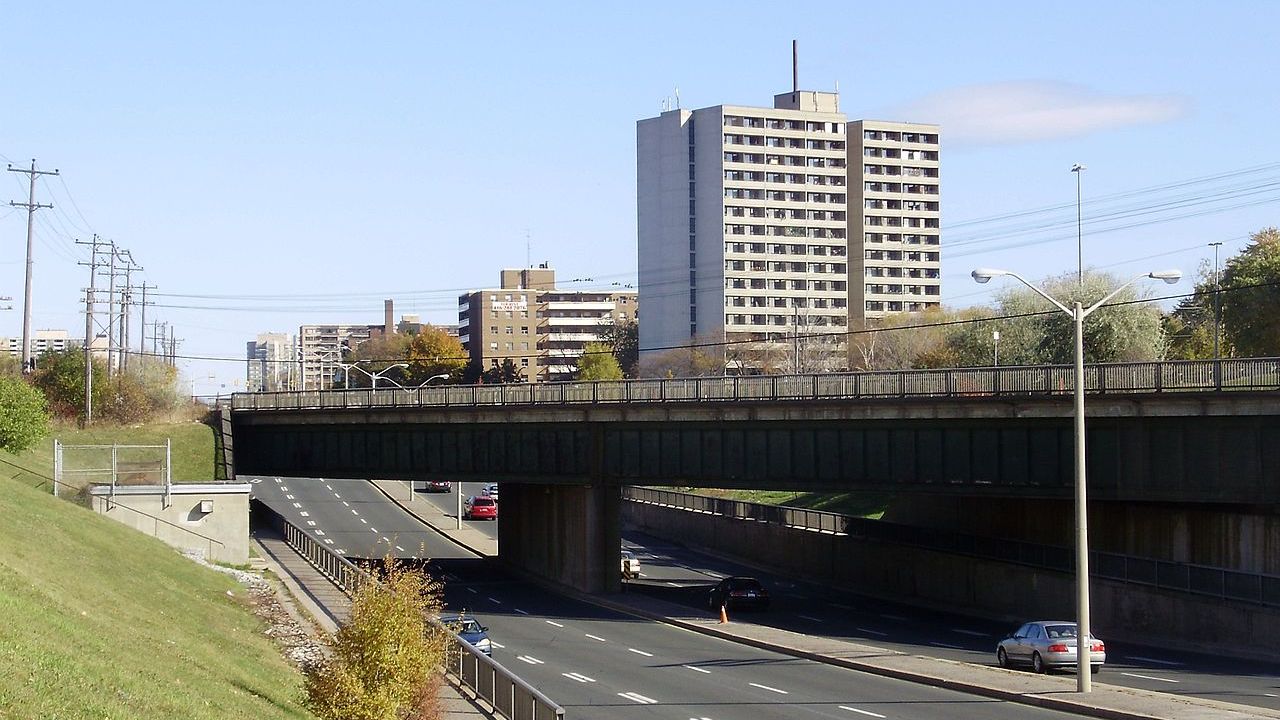
4. Toronto East-Scarborough
Similar to the northwestern corner of the city, the northeastern corner includes a cluster of several more census tracts sitting below $100,000 in median income.
This area of Scarborough is roughly bounded by Morningside Ave. in the east, the Lakeshore East rail line in the south, Birchmount Rd. in the west, and Steeles Ave. E. in the north.
It includes the neighbourhoods of Agincourt, Bendale, and Malvern.
Quick hits
- Many municipalities just outside the City of Toronto largely fall in the middle of the picture, with median income below the $240,000 threshold but above $100,000.
- These include Caledon, Halton Hills, and Milton to the west, and King, Newmarket, and Whitchurch-Stouffville to the north, and Uxbridge and Pickering to the east.
- While the majority of the GTHA’s $240,000+ median-income census tracts exist within the City of Toronto, there is one outside of it. A tract in the northeast corner of Ajax has a median income of exactly $240,000.
Code and markup by Chris Dinn. ©Torontoverse, 2023